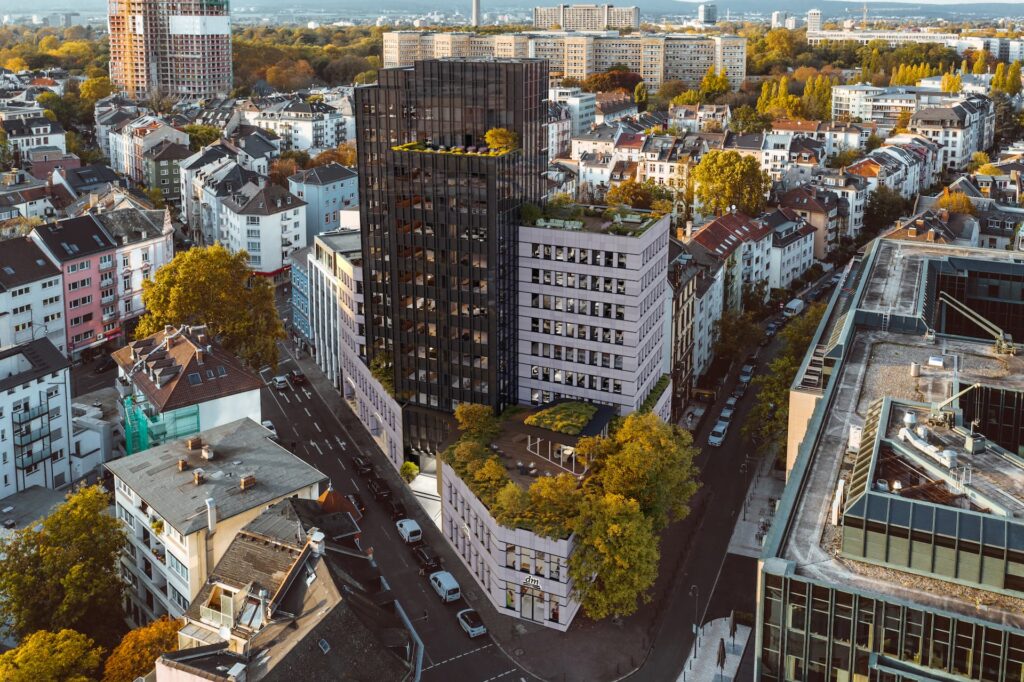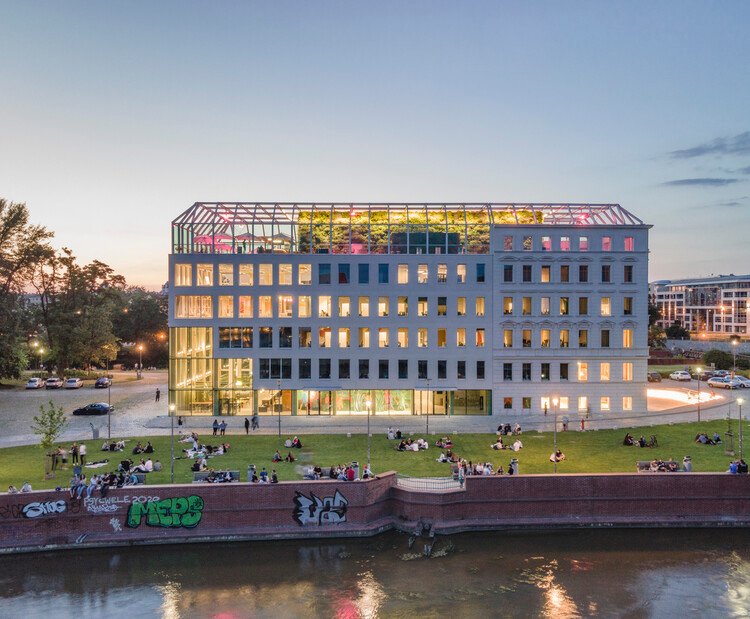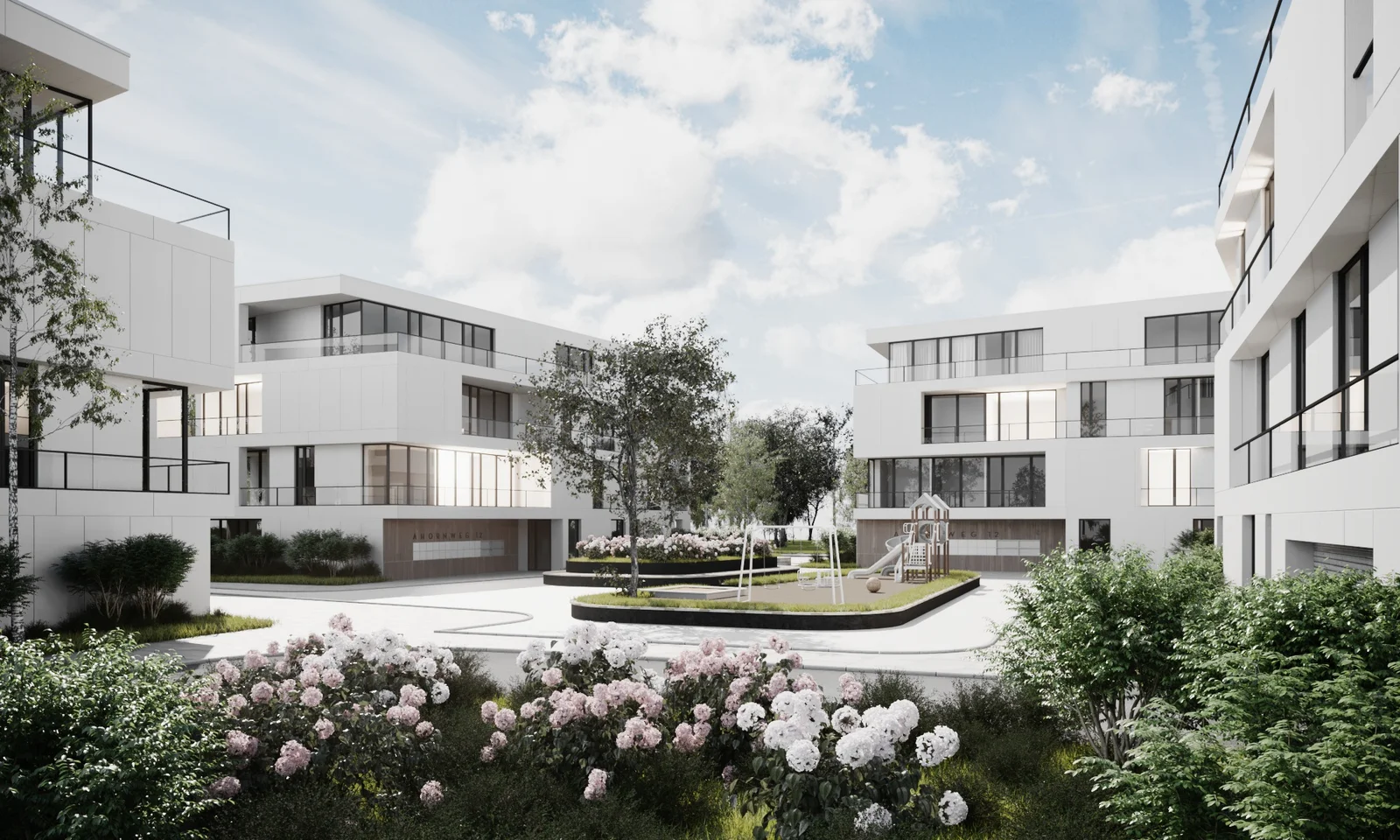Architectural Visualization for Carbon-Neutral Buildings
Climate change is a global challenge that requires immediate attention, and the construction industry plays a pivotal role in this context. Buildings account for a significant proportion of the world’s carbon emissions, thus making it a key sector for implementing carbon neutrality measures. Architectural visualization can be a powerful tool for designing and promoting carbon-neutral buildings. This blog post will delve into the role of architectural visualization in the creation of carbon-neutral buildings and how it can contribute to a more sustainable future.
Understanding Carbon-Neutral Buildings
Before we discuss the role of architectural visualization in creating carbon-neutral buildings, it’s crucial to understand what carbon-neutral buildings are and why they are important.
What are Carbon-Neutral Buildings?
Carbon-neutral buildings, often referred to as net-zero energy buildings, are structures that produce as much energy as they consume over a year. These buildings achieve this balance by minimizing energy usage through efficiency strategies and meeting energy needs through on-site renewable energy sources.
Why are Carbon-Neutral Buildings Important?
Carbon-neutral buildings are not just about reducing energy bills; they are a critical solution to one of the world’s most pressing problems – climate change. By reducing or eliminating the use of fossil fuels, these buildings can significantly cut down greenhouse gas emissions, playing a significant role in mitigating the impact of global warming. Furthermore, carbon-neutral buildings can improve indoor air quality, leading to healthier living and working environments.
The Power of Architectural Visualization for Carbon-Neutral Buildings
Enabling Better Design Decisions
Architectural visualization is a powerful tool that can help architects and designers make better decisions when it comes to designing carbon-neutral buildings. By using advanced software and technology, architects can create 3D models of their designs, which can then be analyzed for their environmental impact. This allows architects to see how different design elements, materials, and technologies can affect the building’s carbon footprint. Thus, architectural visualization can play a vital role in helping architects design buildings that are not only aesthetically pleasing, but also environmentally friendly.
Improving Communication with Stakeholders
Another key advantage of architectural visualization for carbon-neutral buildings is that it can significantly improve communication with stakeholders. With 3D models and interactive visualizations, architects can effectively communicate their design ideas and intentions to clients, contractors, and other stakeholders. This can help avoid misunderstandings and ensure that everyone is on the same page regarding the design and its environmental goals. Moreover, architectural visualization can help convince stakeholders of the feasibility and benefits of carbon-neutral buildings, thereby facilitating their acceptance and adoption.
The Role of Architectural Visualization in Achieving Carbon Neutrality
Simulating and Analyzing Energy Efficiency
Architectural visualization is not just about creating visually appealing 3D models. It also involves simulating and analyzing the energy efficiency of a building design. Architects can use visualization tools to simulate different aspects of a building’s performance, such as its heating, cooling, and lighting systems. This can help them identify areas where energy efficiency can be improved, thereby reducing the building’s carbon emissions.
Promoting Sustainable Design Practices
By highlighting the environmental impact of different design choices, architectural visualization can promote more sustainable design practices. Architects can use visualization tools to compare different design options and choose those that minimize carbon emissions. This can encourage a shift towards more sustainable architecture and contribute to the global efforts to combat climate change. In short, architectural visualization for carbon-neutral buildings can serve as a powerful tool for promoting sustainability in the architectural industry.
Therefore, through both design decision making and communication with stakeholders, architectural visualization plays an integral role in the creation and promotion of carbon-neutral buildings.In conclusion, architectural visualization for carbon-neutral buildings bridges the gap between sustainable design and our understanding of it. It is not just about creating aesthetically pleasing models; it’s about creating a sustainable future. This technology allows us to visualize and understand the impact of our decisions on the environment before we make them, thus enabling us to make more informed decisions. As we work towards carbon neutrality in the building sector, architectural visualization will continue to play an increasingly important role. By harnessing this technology, architects, planners, and developers can drive forward the green building movement, making carbon-neutral buildings the norm rather than the exception. Therefore, investing in architectural visualization for carbon-neutral buildings is investing in a sustainable future.







